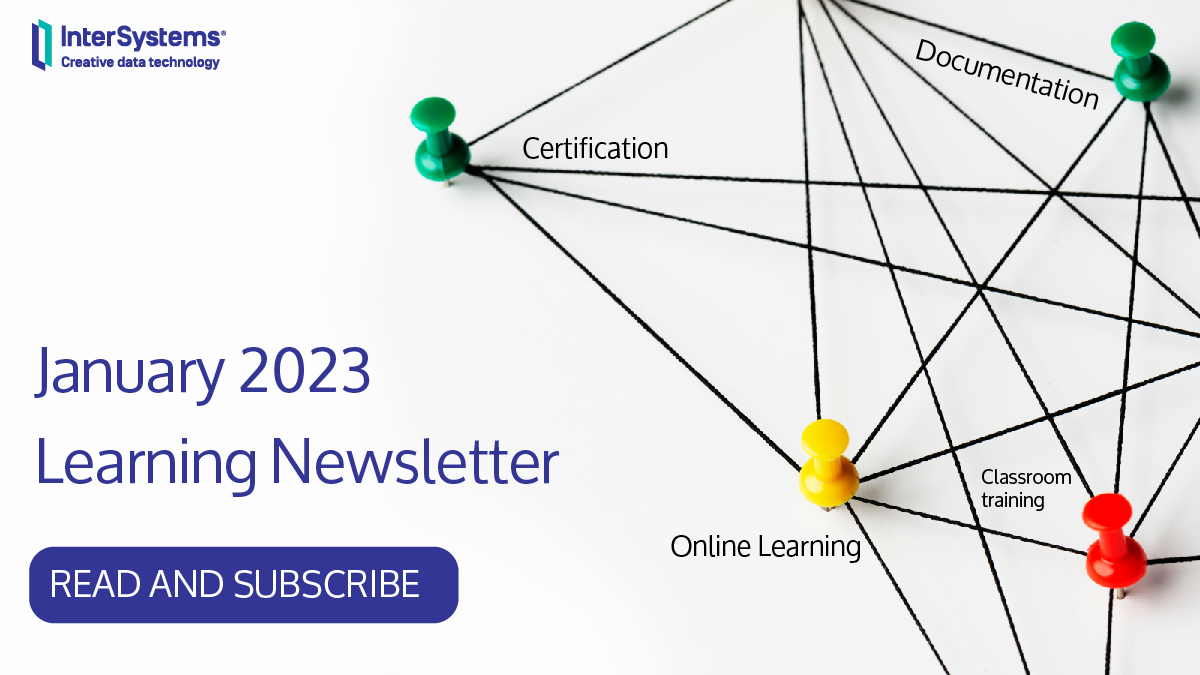We have IRIS on Linux. When I create database NEO_PAVI_G by Management Portal, than owner for files and directories is "irisusr".
But owner is "mfukatko" (my username) after creating database NEO_Pxxx_G using installer based on ##class(%Installer.Manifest).%Generate() from command line in terminal.
.png)

%20(2).jpg)
.png)
.png)

